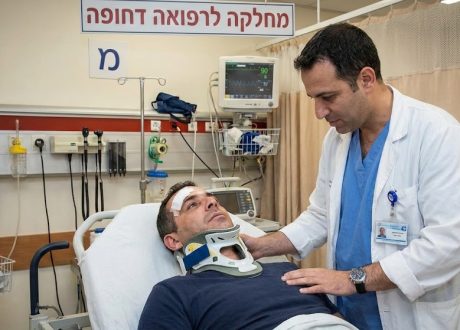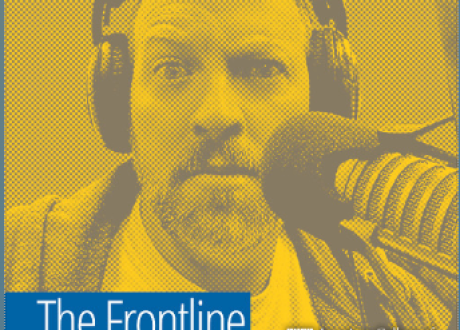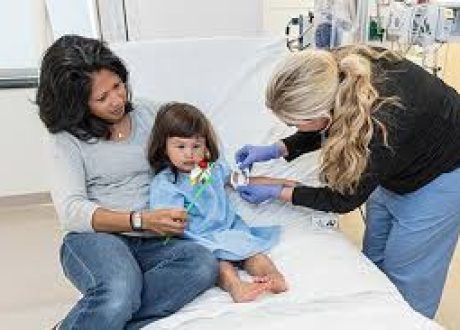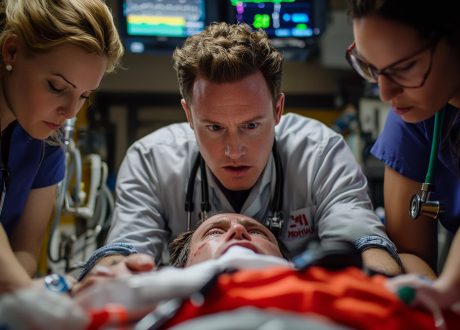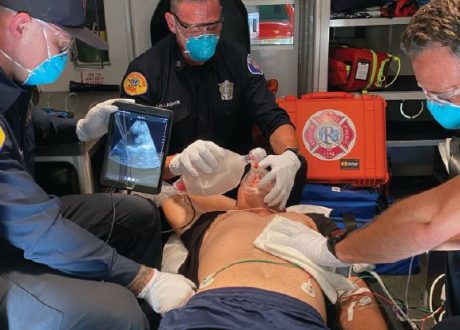Written by John Korducki
Spoon Feed
A risk stratification score for neonates with potential herpes simplex virus (HSV) infection identified very low risk neonates in which testing may be circumvented in an effort to prevent prolonged hospital stays and unnecessary costs and treatments.
Why does this matter?
HSV (especially disseminated) is a potentially devastating disease and must be adequately assessed in every sick neonate and treated when indicated. Mortality in untreated disseminated neonatal HSV has been estimated as high as 85% (1). However, working up and treating HSV for every neonate on the spectrum from mildly to critically ill is not the right approach. HSV testing and monitoring leads to 23% longer hospital stays (2), higher costs for families, and greater hospital resource utilization. Acyclovir also carries with it a small risk of acute kidney injury (3).
Spare the swabs?
This case control study was nested within a 23 center retrospective cohort study from 2005-2013 and examined infants under 60 days presenting with concern for CNS infection and calculated odds ratios for predictive variables to formulate a risk calculator for invasive HSV infection. Examples of factors with increased adjusted odds ratio (aOR) portending HSV infection compared to controls were: vesicular rash (74.3; CI: 31.3—177.6), seizure at home (4.4; CI: 2.0—9.3), and age <14 days (3.3; CI: 1.7—6.4). The Invasive HSV Risk Score utilized 8 factors and ranged from a total score of 0-17, with a score ≥ 3 being deemed “high risk” and a prospective cut point for HSV testing. The cut off ≥ 3 demonstrated a sensitivity of 95.6% (95% CI: 84.9% to 99.5%) and specificity of 40.1% (95% CI: 36.8% to 43.6%). Like all things in medicine, this risk calculator is nuanced. In a well appearing neonate >14 days, a score of 0-1 (rather than the cutoff of 3) using this promising score could be useful as an extra data point in the decision to forgo testing. This risk score needs external validation before using it in practice. For me, HSV is a truly perilous miss for a neonate and their family, while the risk of treatment remains relatively low. Maybe it’s just me, but I won’t be sparing any swabs—at least until further validation.
Source
Predictors of Invasive Herpes Simplex Virus Infection in Young Infants. Pediatrics. 2021 Sep;148(3):e2021050052. doi: 10.1542/peds.2021-050052.



